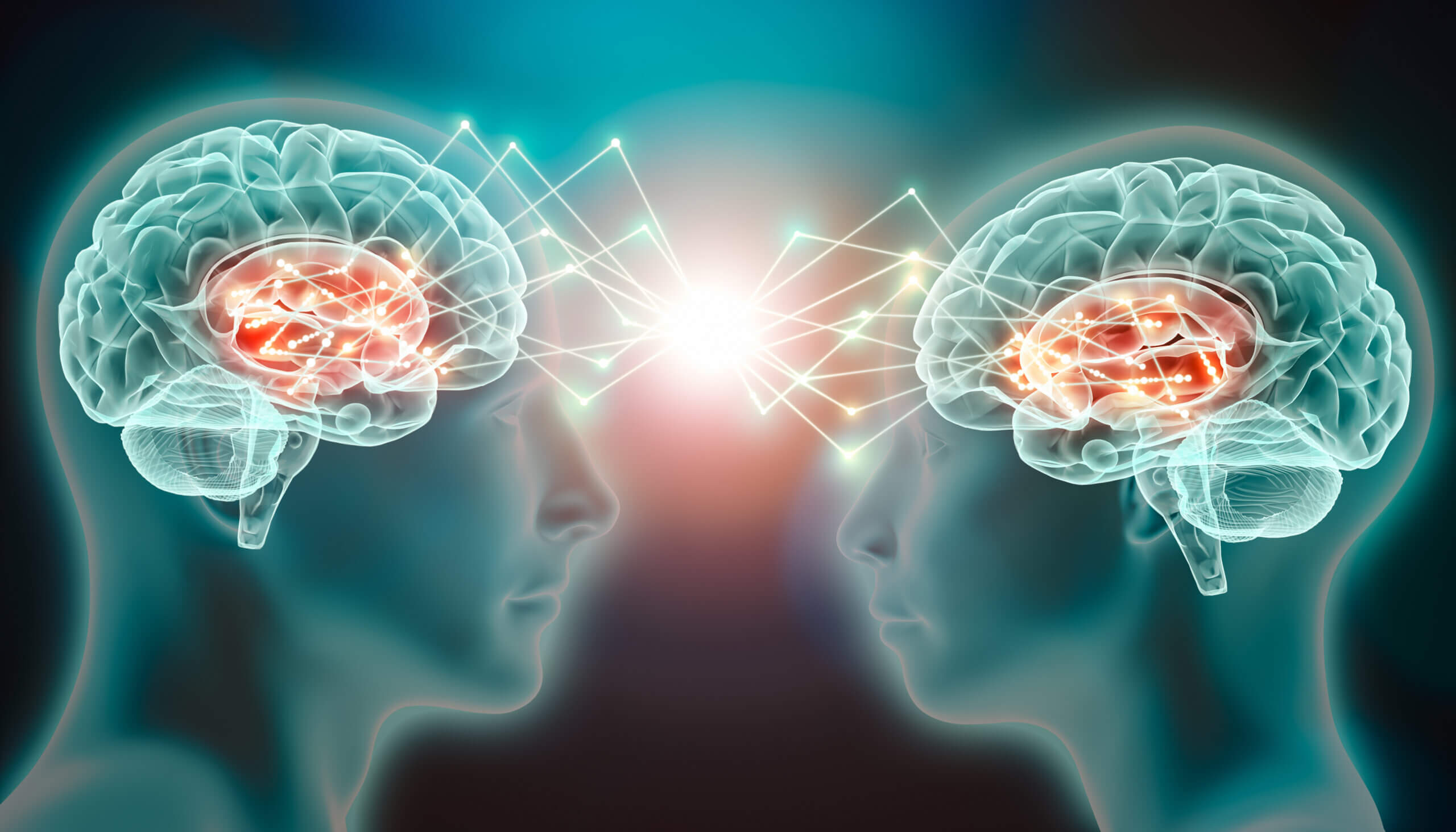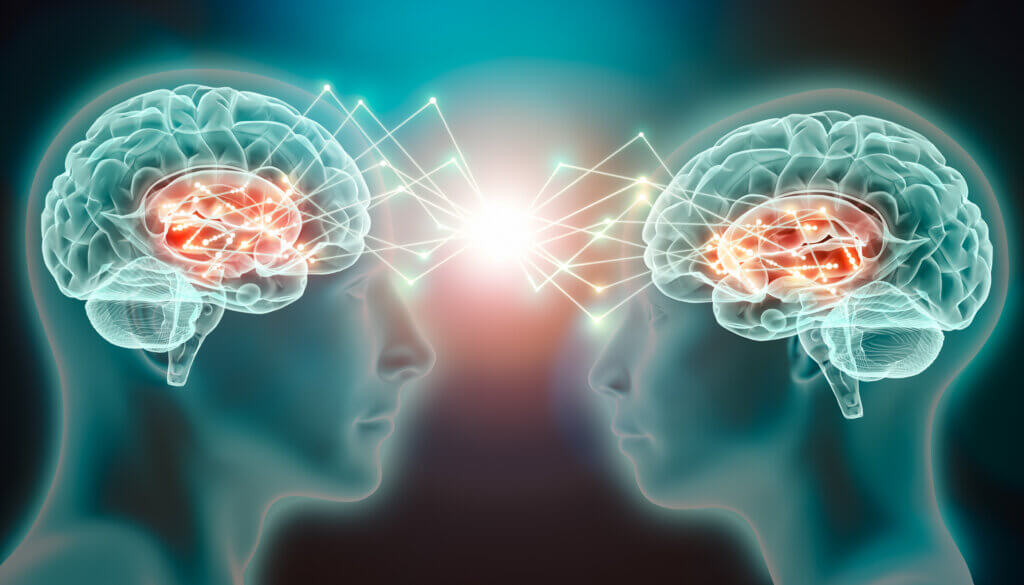Title: Unlocking the Secrets of Memory Formation: Trinity College Dublin Researchers Shed Light on Brain Connectivity

In a groundbreaking study led by Dr. Tomás Ryan and his team of neuroscientists at Trinity College Dublin, the intricate process of how our brains store memories has been unraveled. The research, published in the peer-reviewed journal Current Biology, delves into the dynamic networks of cells that make up our brains and how they constantly evolve to encode new information.
The human brain, a complex organ, is always in flux due to various factors such as growth, aging, degeneration, regeneration, and everyday experiences. Dr. Ryan emphasizes the challenge scientists face in identifying the key factor, or “difference that makes a difference,” in forming a memory. This key change is referred to as an ‘engram,’ a modification in the brain that stores information for later use.
Dr. Clara Ortega-de San Luis, the lead author of the study, explains the concept of memory engram cells as groups of brain cells that, when activated by specific experiences, change to hold information in our brains. These “building blocks” trigger the recall of specific experiences associated with them. The study sought to understand how engrams store meaningful information about the world.
To investigate the changes engrams undergo during memory formation, the researchers studied a form of learning where two similar experiences become linked in the brain. By using genetic techniques to label two different populations of engram cells in the brain for distinct memories, the team observed how learning resulted in the formation of new connections between these cells.
Utilizing optogenetics, a method that controls brain cell activity with light, the researchers demonstrated that these newly formed connections were crucial for learning to occur. They identified a molecular mechanism mediated by a specific protein in the synapse that regulates the connectivity between engram cells.
This groundbreaking study provides direct evidence that changes in synaptic wiring connectivity between engram cells likely serve as a mechanism for memory storage in the brain.
Dr. Ryan, an Associate Professor in Trinity’s School of Biochemistry and Immunology, expressed the importance of understanding the cellular mechanisms behind learning. He stated, “In 21st-century neuroscience, rather than searching for information within or at cells, we should look for information between cells. Learning may work by altering the wiring diagram of the brain – less like a computer and more like a developing sculpture. In other words, the engram is not in the cell; the cell is in the engram.”
This research not only sheds light on how memories are formed and modified but also contributes to our broader understanding of how the brain processes thoughts and information in the 21st century.












